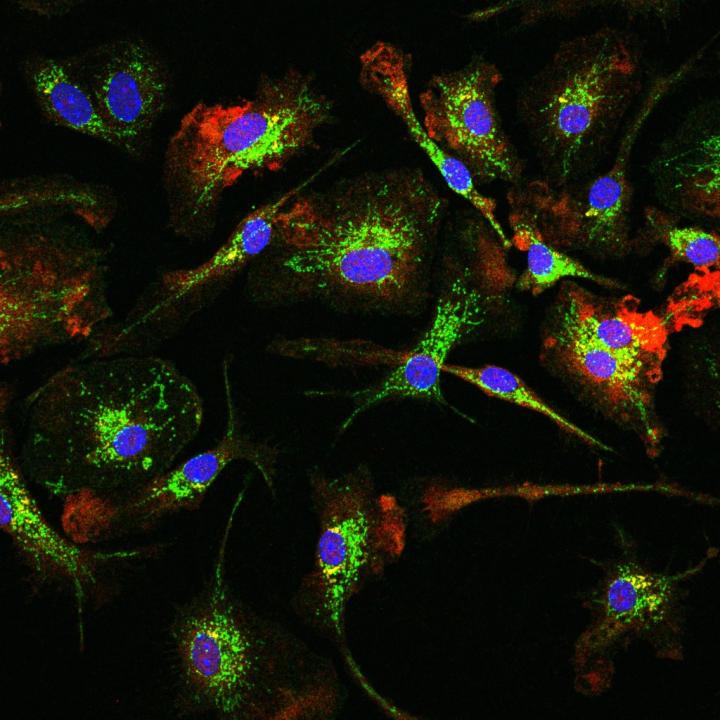The genetic fingerprint of the brain's immune cells offer insights into ageing
The gene expression pattern of microglia changes during ageing in a regionally variable manner.

Microglia, the brain's resident immune cells, have key roles in the development, protection and maintenance of brain function. Recent studies have highlighted the involvement of faulty microglia in age-related neurodegenerative diseases such as Alzheimer's disease and Parkinson's disease.
To further understand how microglia carry out their multiple tasks in different areas of the brain, researchers at The Roslin Institute carried out a genome-wide analysis of microglia from distinct brain regions across the adult lifespan of the mouse. Not only do they show that microglia from different regions have different gene expression patterns, but also that these differences become more obvious in the brains of old mice.
For example, in the young adult, microglia were more ready to respond to infection, particularly in the cerebellum, a region of the brain which coordinates movements like riding a bike or driving a car. This immune-alert state of cerebellar microglia in the young adult mice is augmented in the aged brain. By contrast, in microglia in the hippocampus, an area of the brain involved in memory encoding and storage, genes involved in microglia sensing and monitoring their environment became less active during ageing.
The diversity of these changes could underlie region-specific vulnerabilities to microglial dysregulation and age-related neurodegeneration, which often affects the brain in region-specific patterns. The study was published in Nature Neuroscience and was funded by The Darwin Trust of Edinburgh, the Biotechnology and Biological Sciences Research Council (BBSRC) and the Medical Research Council (MRC).
"Our results suggest that multiple identities of microglia might be needed to help different areas of the brain do their specialist tasks properly. However, ageing may subvert these differences and make some areas of the brain more prone to disease in older individuals"
The data sets generated in this study are publically accessible: www.ncbi.nlm.nih.gov/geo/query/acc.cgi?acc=GSE62420


